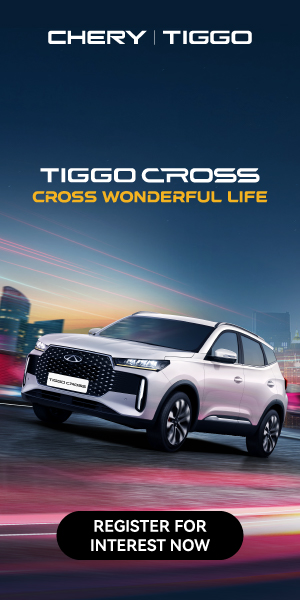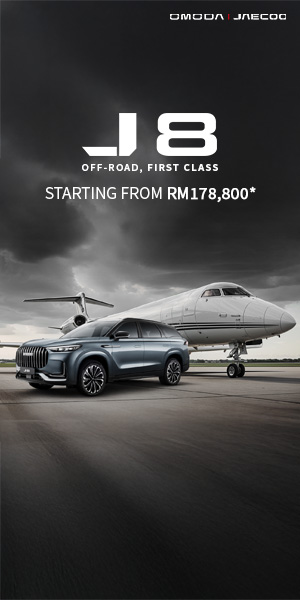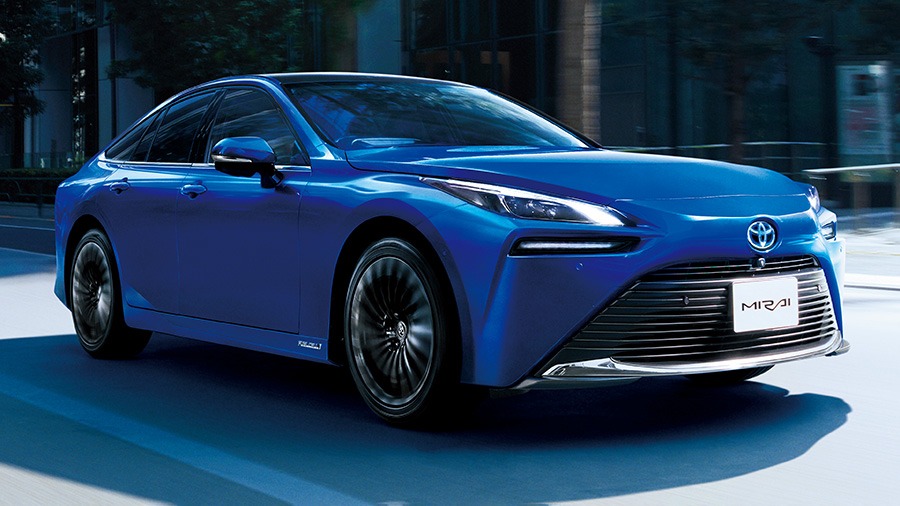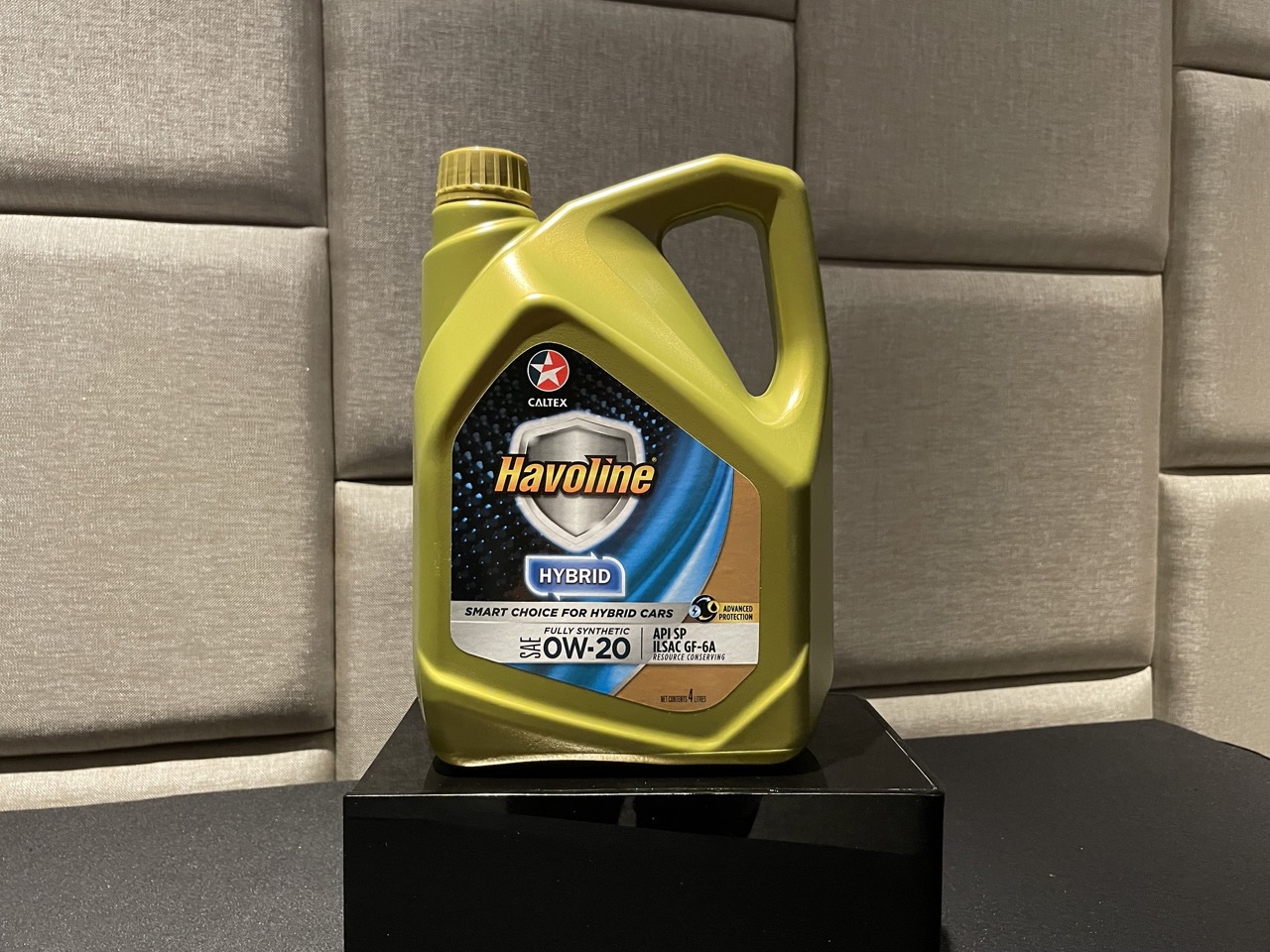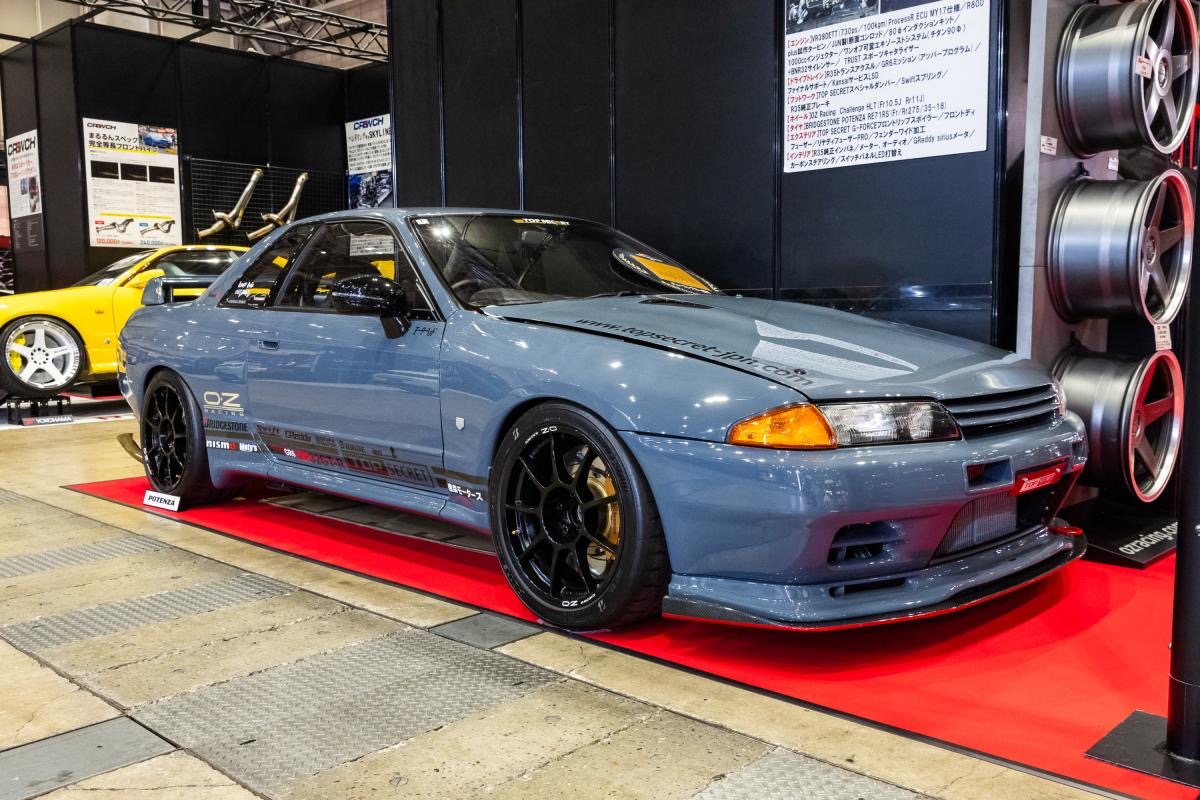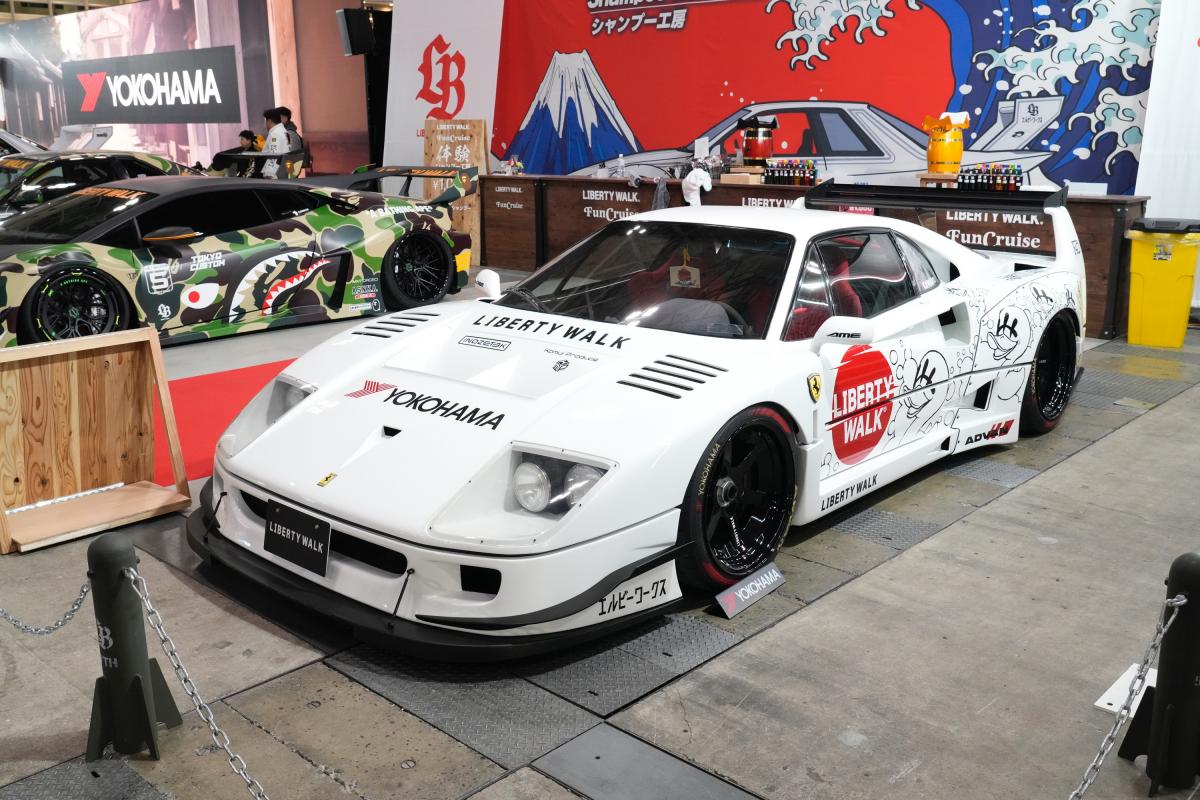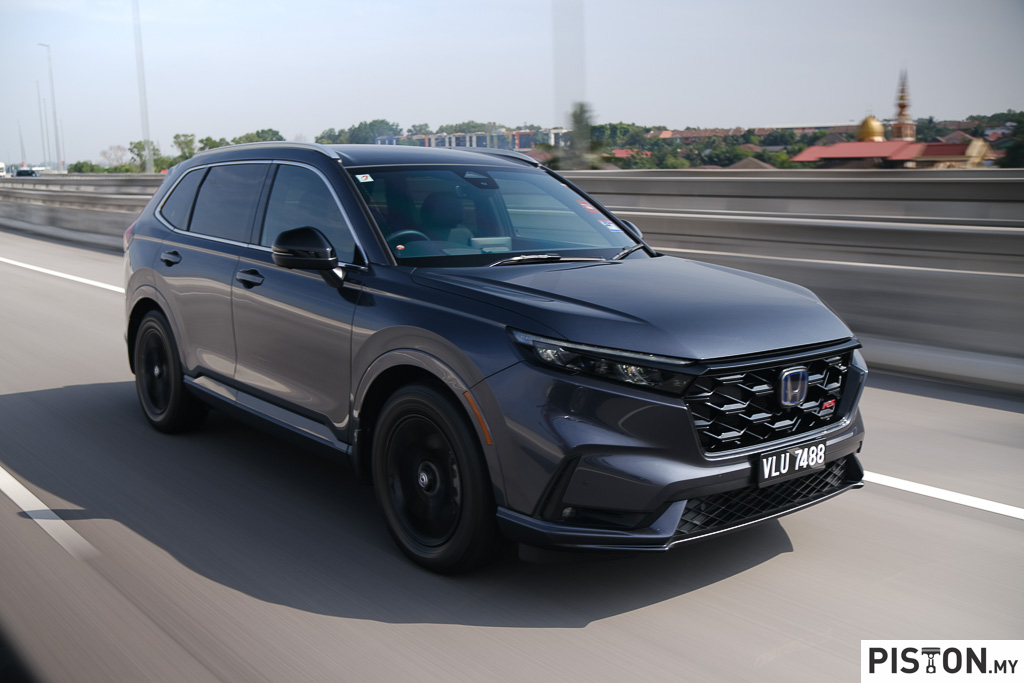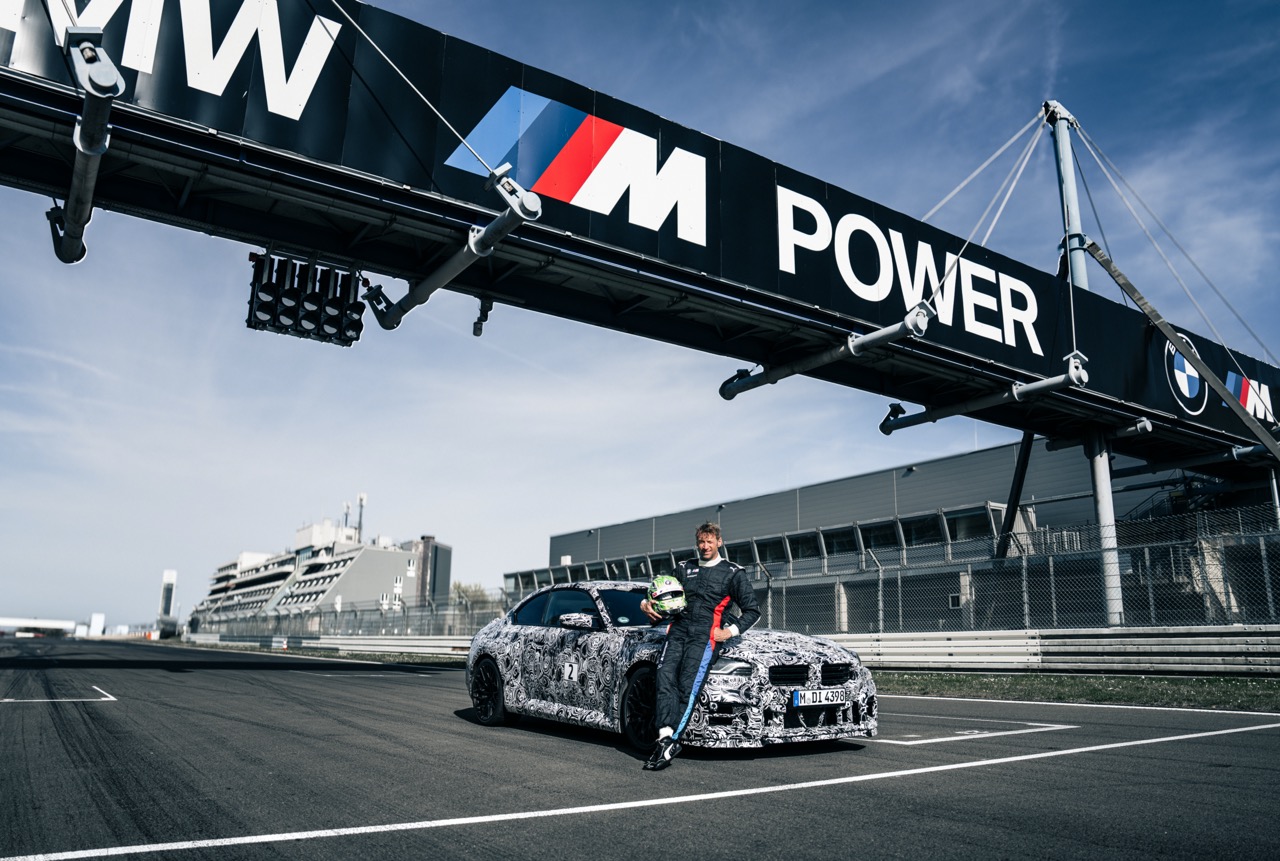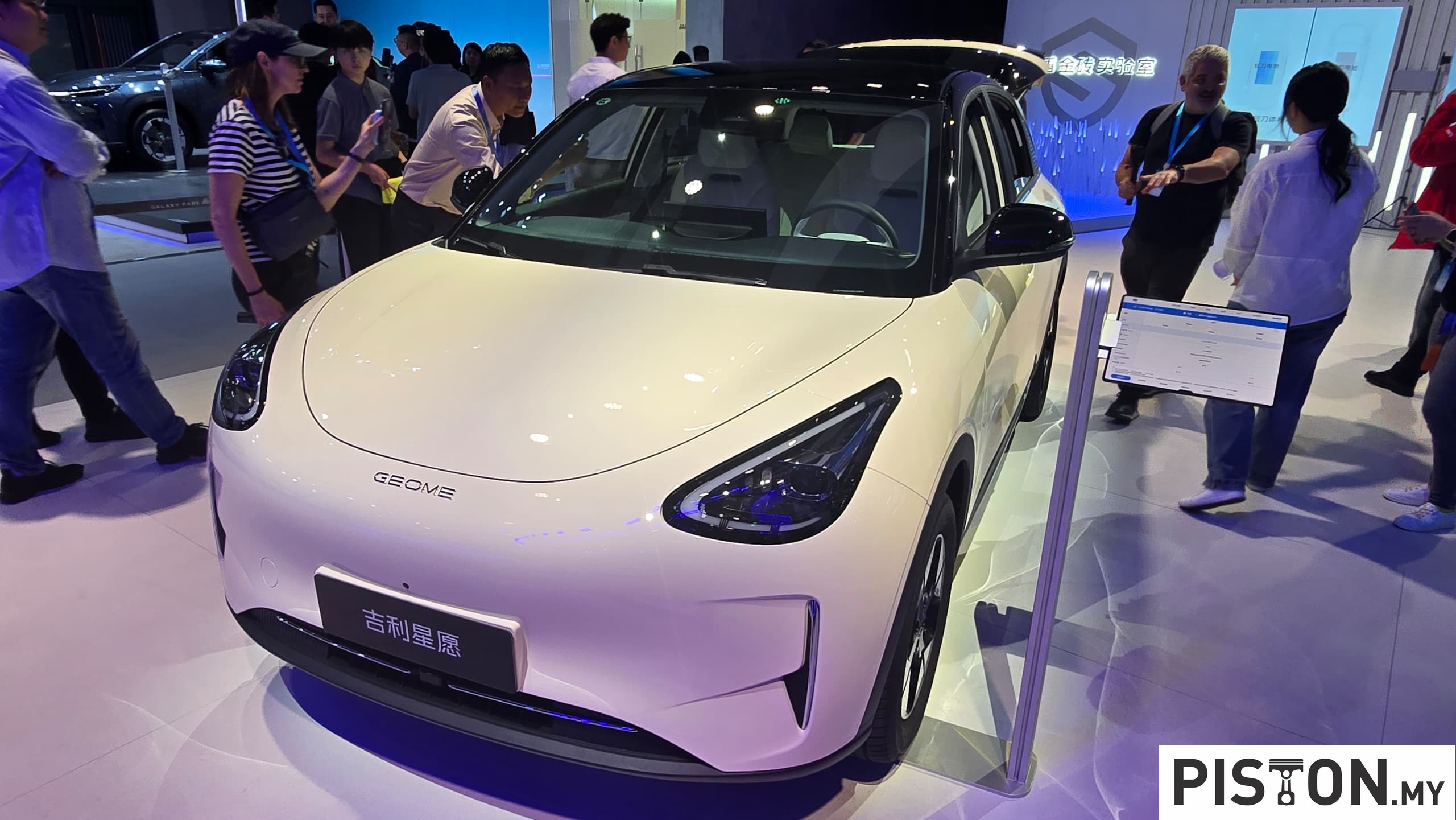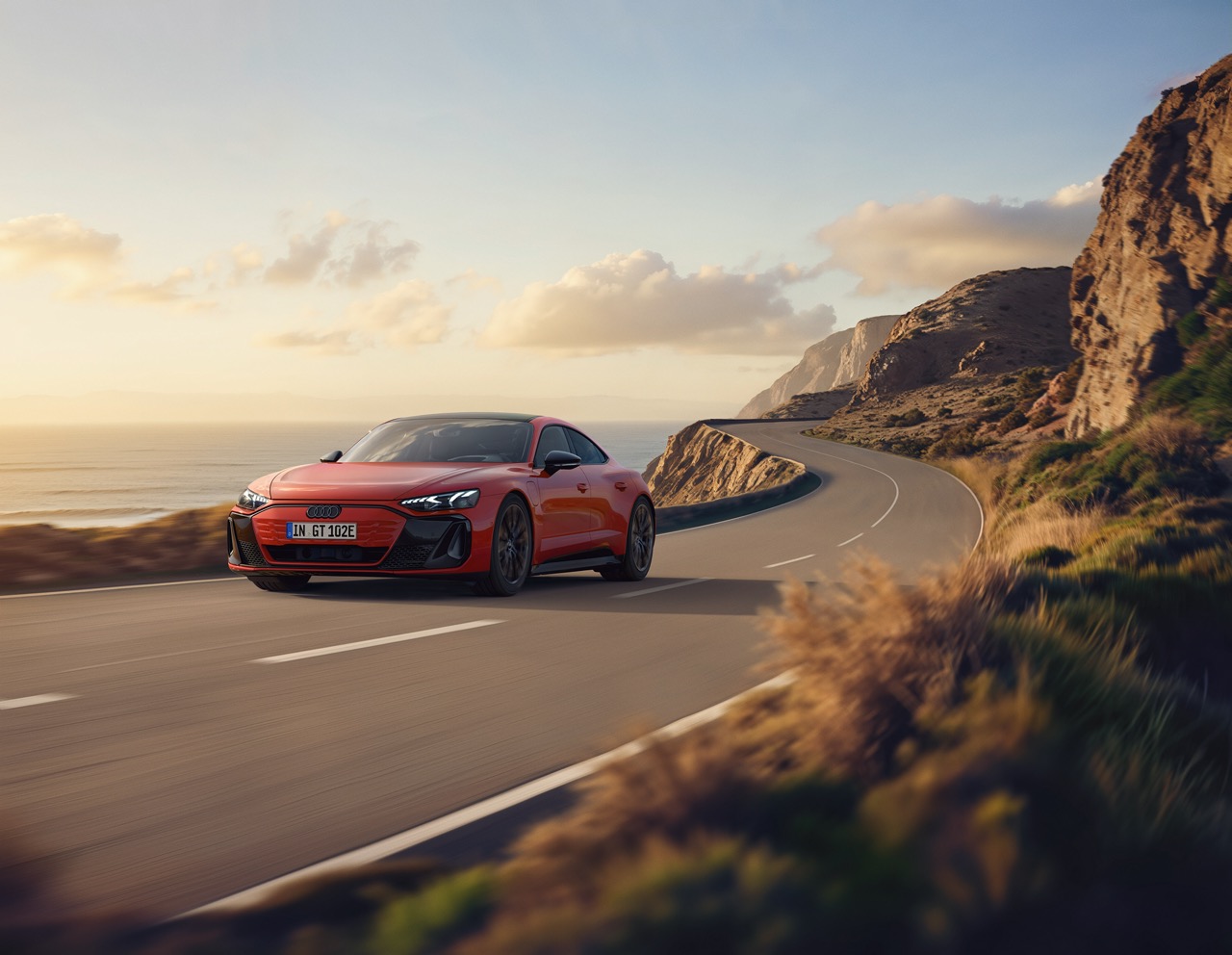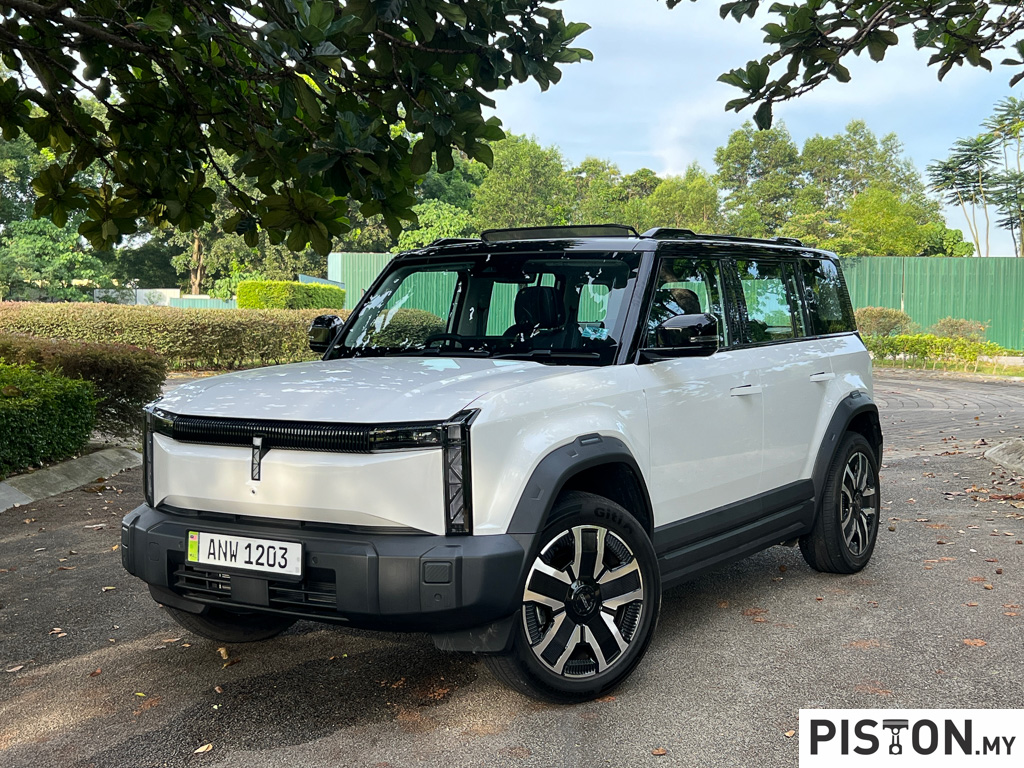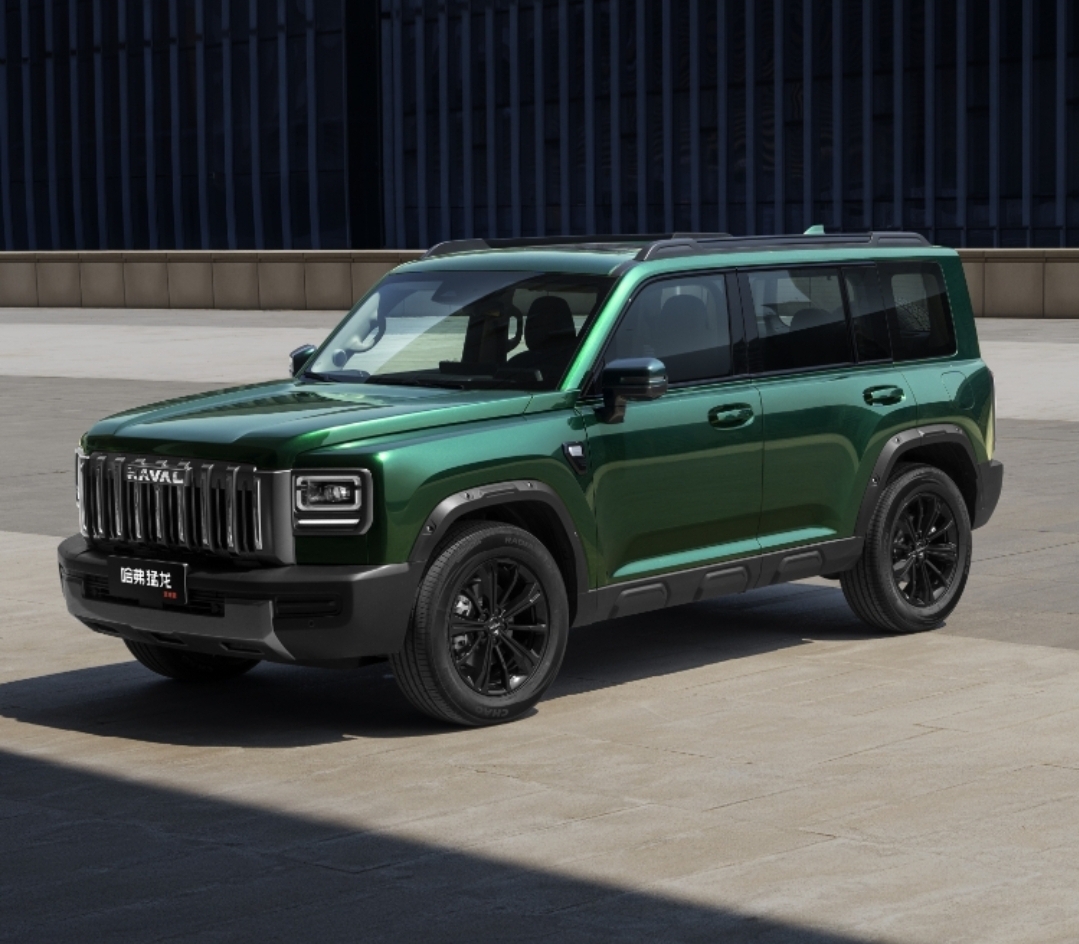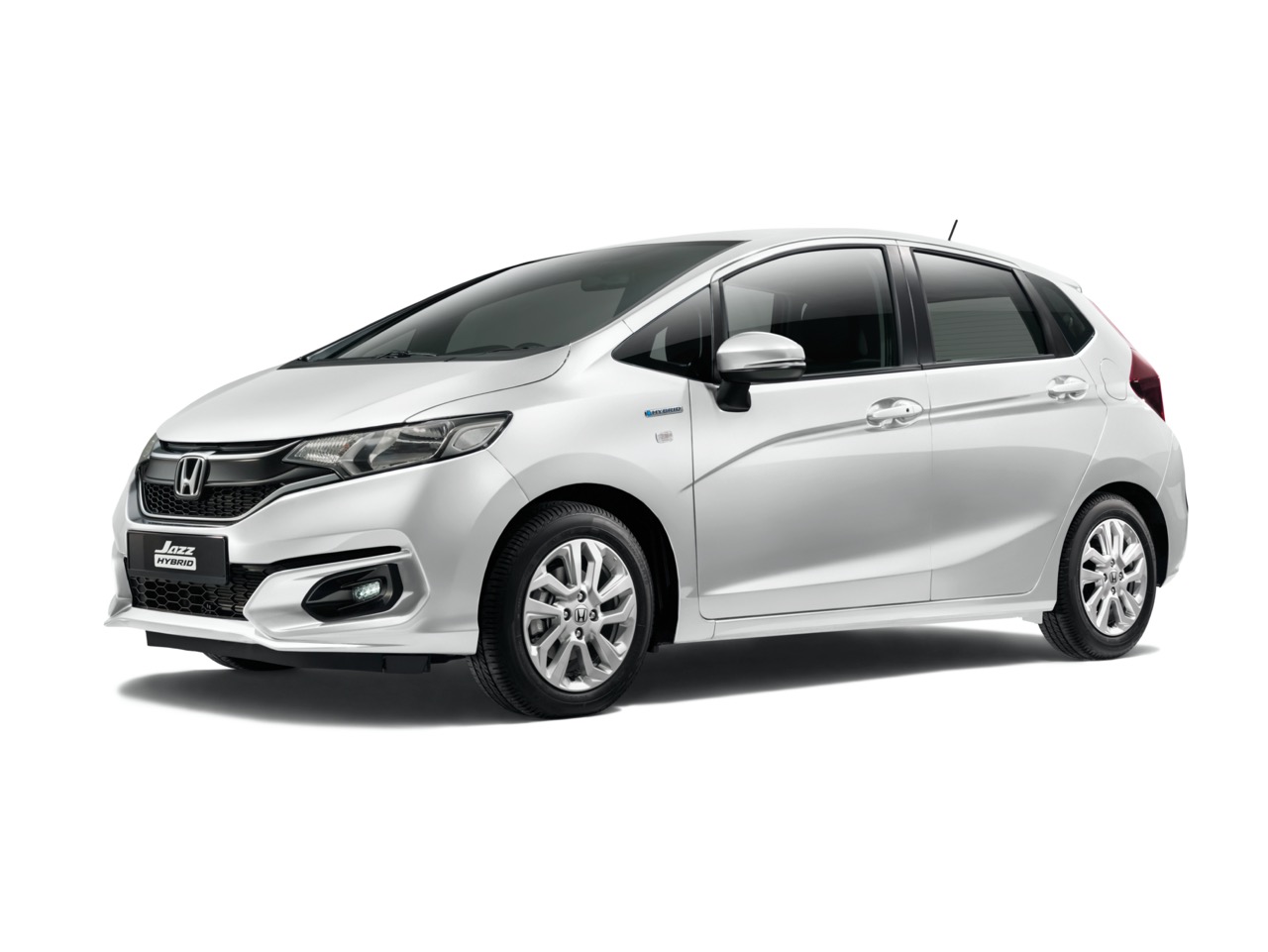As reported in January, Sarawak Premier Datuk Patinggi Tan Sri Abang Johari Tun Openg received a hydrogen-powered Toyota Mirai.
Abang Johari described the Mirai (which means ‘future’ in Japanese) as one of the evolutions in the motoring industry and it’s one of the states efforts into using green energy.

According to him, the hydrogen-powered vehicle can travel a distance of 1000km on a single tank of hydrogen.
The government stated that the handing over ceremony for the other cars to Deputy Premiers Datuk Amar Douglas Uggah Embas, Datuk Amar Awang Tengah Ali Hasan, and Dato Sri Dr Sim Kui Hian was held at Wisma Bapa Malaysia at 10am.
The model received by the Deputy Premiers is the 2nd generation of the FCEV which actually went on sale in Japan at the end of 2020. Toyota’s FCEV technology has been in use commercially since 2014 when the first generation of the Mirai was launched.
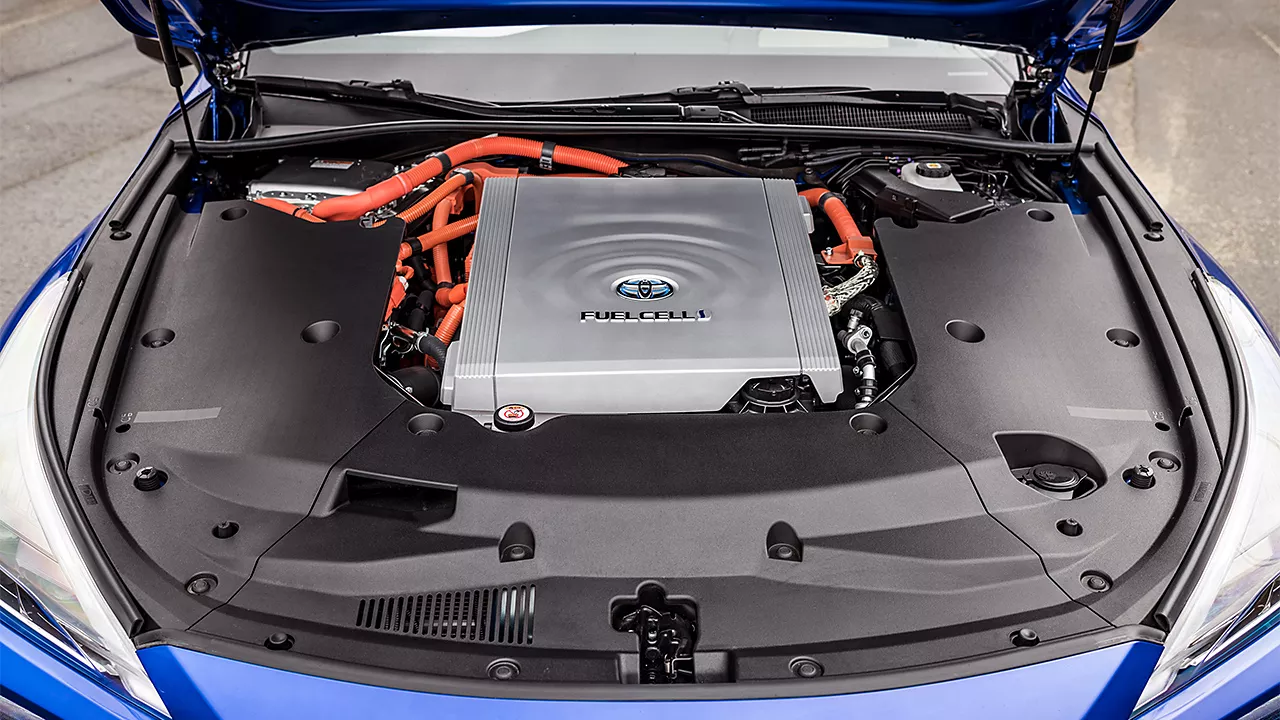
FCEV is still an advanced technology and expensive to make so it is only produced in small numbers and is priced at a higher range. But because of the progress that it had made from all the experience since the first generation, Toyota has reduced the price range of the second generation is now starting from 7.1 million yen which is roughly around RM239,000.
The combined output of the electric motors is 113 kW (154 ps) and on a full tank of hydrogen, the Mirai can travel up to 500 kms.
How does a hydrogen fuel cell work?
The answer is simple, a fuel cell draws hydrogen from a pressurised tank, after which it fuses with oxygen to produce electricity to power an electric motor. The process takes place in a PEM (Polymer Electrolyte Membrane) fuel cell made up of sets of thin plates, separated by membranes.




